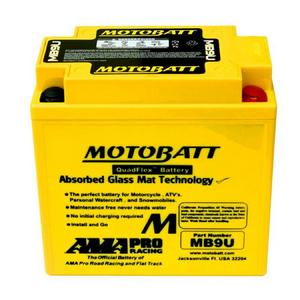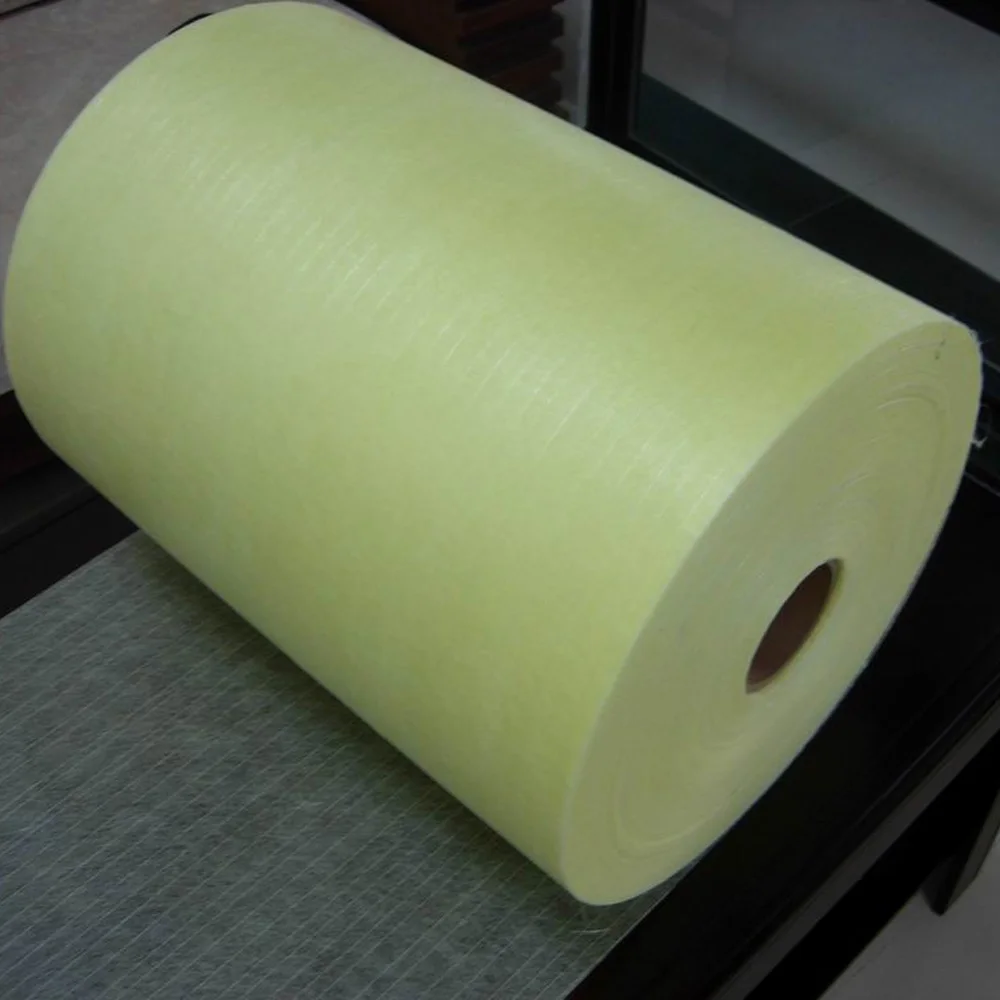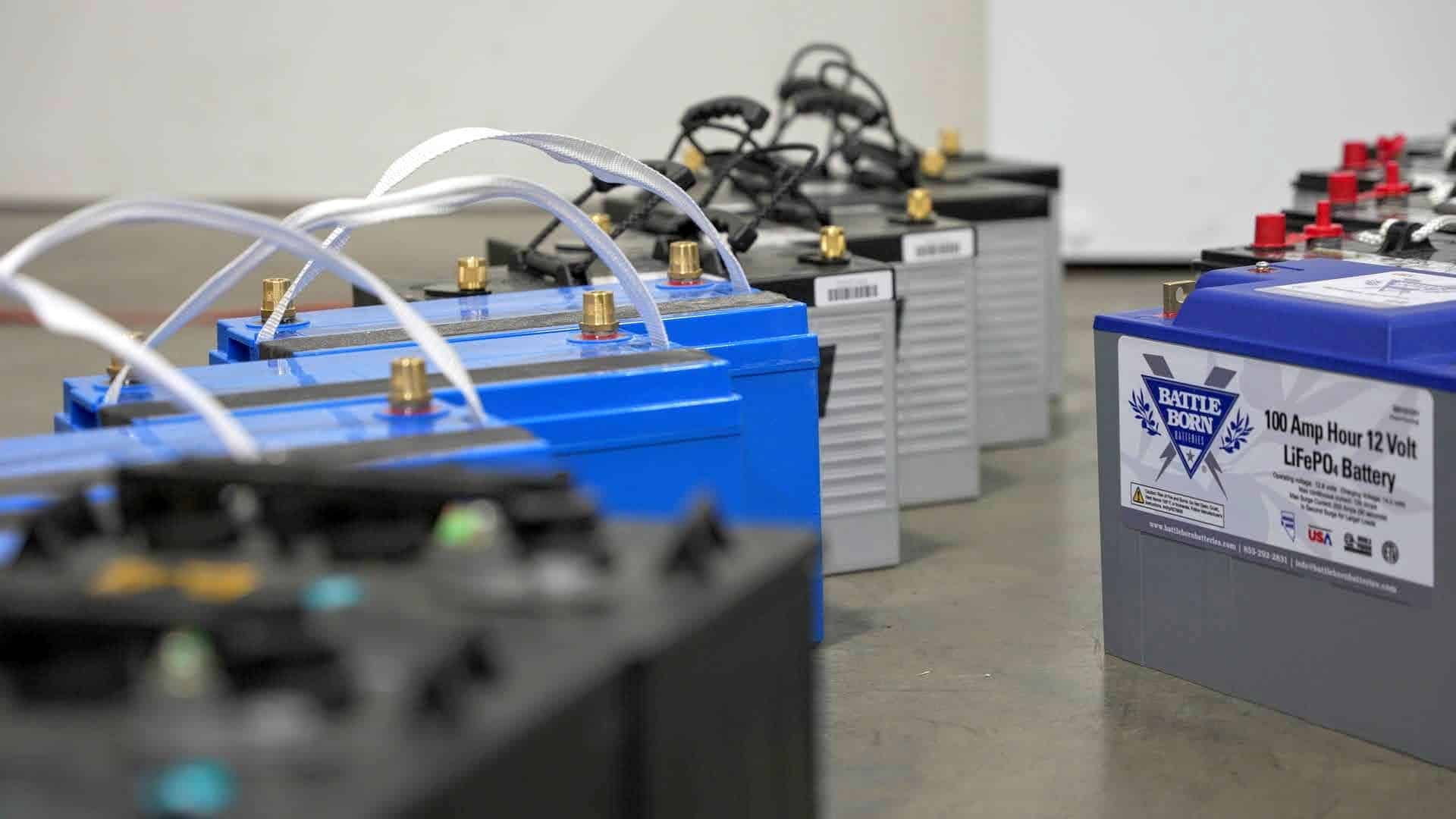
AGM Battery Has A Lower Risk Of Explosion The Battery Generates Little Heat During Operation The Battery Delivers Constant Voltage Output Operates Under Ambient Temperature Conditions AGM Battery Doesn’t Contain Toxic Chemicals Advantages Of Absorbent Glass Mat Battery.

How Much Capacity Does AGM Battery Provide?.What Electrolyte Does The AGM Battery Use?.GEL Batteries are slightly stronger in regards to internal construction than a flooded battery, but pale in comparison to the physical strength of an AGM battery. Use the other types listed above for these high amperage situations. GEL batteries should not be used for fast charging/discharging, or high amperage charging/discharging situations. These pockets allow the plates to begin corroding, leading to premature failure. High amperage situations can literally 'SCAR' the jelly inside of a GEL battery, creating a pocket. Great care must be taken with GEL batteries not to expose them to high amperage situations. This jelly is then used as the electrolyte. A GEL battery uses a silica (sand) to turn the sulfuric acid into a jelly like substance. GEL cell batteries are also sealed just like the AGM battery listed above. Unfortunately due to the internal construction, flooded batteries have the weakest internal construction, and some very high internal resistance statistics. Flooded batteries hold very good rates of charge for the price, but require more work. Lead plates start to deteriorate when they touch the atmosphere, so if you fail to maintain your batteries, they will corrode and fail. Flooded batteries do require maintenance, in the form of water, to routinely replenish lost electrolyte through the vents. Through these same vents can flow acid, steam, and condensation, leading to maintenance. Internal gases produced are released directly to the environment. Instead, these gases are vented externally. Usually flooded batteries are not sealed, and do not recombine the gases to liquids internally. Flooded batteries again use lead plates, a sulfuric acid electrolyte, and plate separators but that is where it stops.

Flooded batteries come in the widest variety of shapes and sizes due to their widespread usage in a multitude of industries and applications. AGM batteries can do anything that flooded and GEL batteries can do, just better.įlooded or "wet cell" batteries are the most commonly used batteries on the market today. You plug in these batteries and walk away. No acid leaks, no mess while charging, no corrosion on surrounding parts. This recombination makes the AGM battery maintenance free. Premium AGM batteries recombine the gases produced internally, back into liquid. AGM Batteries then bring the trump card to the table, they are maintenance free. The lower internal resistance increases the output voltage, decreases charging time, and reduces losses to heat as power flows through the system. Due to the tight packing of an AGM battery, it is also the most impact resistant, and boasts the least internal resistance.

This capillary action holds the liquid inside the glass matting, making the AGM Battery "spill proof" if it is ever exposed. Similar to how water creeps up a towel when it is put in a bathtub. Combining the lead plates, electrolyte, and fiber glass separation fibers in a confined space, AGM batteries create a "physical bond" by way of capillary action. An AGM battery uses a separator consisting of fiberglass between the plate and wrappers to hold the electrolyte in its place with capillary action. Even though inside all AGM, GEL and flooded batteries contain lead acid, the internal construction of the battery divides them into their respective categories.Ībsorbed Glass Matte or "AGM" batteries are the latest and greatest in lead-acid batteries.


 0 kommentar(er)
0 kommentar(er)
